This metal furniture guide serves as a comprehensive resource for understanding the essential aspects of metal furniture. It covers various types of metals commonly used, including cast iron, aluminum, and steel. The guide outlines basic principles for creating durable pieces, emphasizing the significance of durability and style in both residential and commercial settings. It provides practical tips on designing and building metal furniture, as well as maintenance techniques to ensure longevity. Additionally, there are insights on painting and cleaning metal surfaces effectively, ensuring they remain aesthetically appealing over time. Overall, this guide is an invaluable tool for anyone interested in integrating metal elements into their interior design.
IN BRIEF |
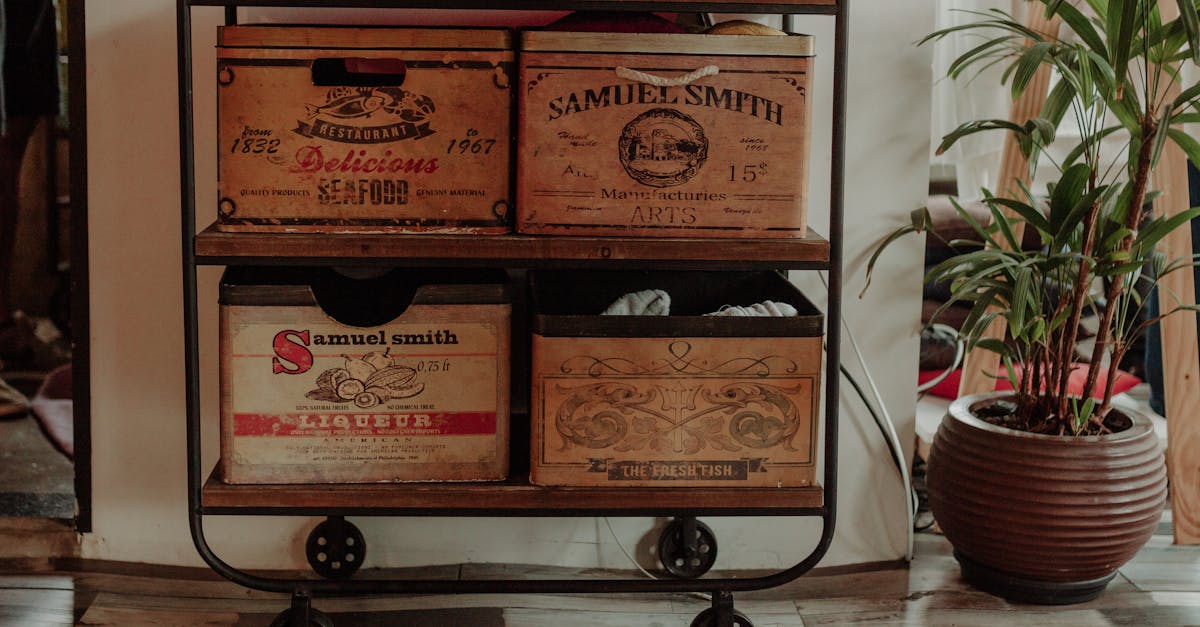
Guide : Introduction to Metal Furniture
When it comes to crafting metal furniture, there are essential aspects to consider that will aid both the functionality and aesthetic appeal of your furniture pieces. This guide delves into the characteristics of various metals, the tools required for fabricating them, and best practices for maintaining and painting metal furniture. By understanding the fundamentals of metal furniture, you can enhance any space with durable and stylish designs.
Choosing the Right Metal
Different types of metals bring unique qualities to furniture design. Among the most common options are cast iron, aluminum, and steel. Each has its advantages: cast iron is known for its strength and stability, making it great for outdoor furniture. Aluminum is lightweight and resistant to rust, ideal for easy transport and the patio environment. On the other hand, steel offers a contemporary feel and durability, making it a preferred choice for modern interiors.
Cast Iron Furniture
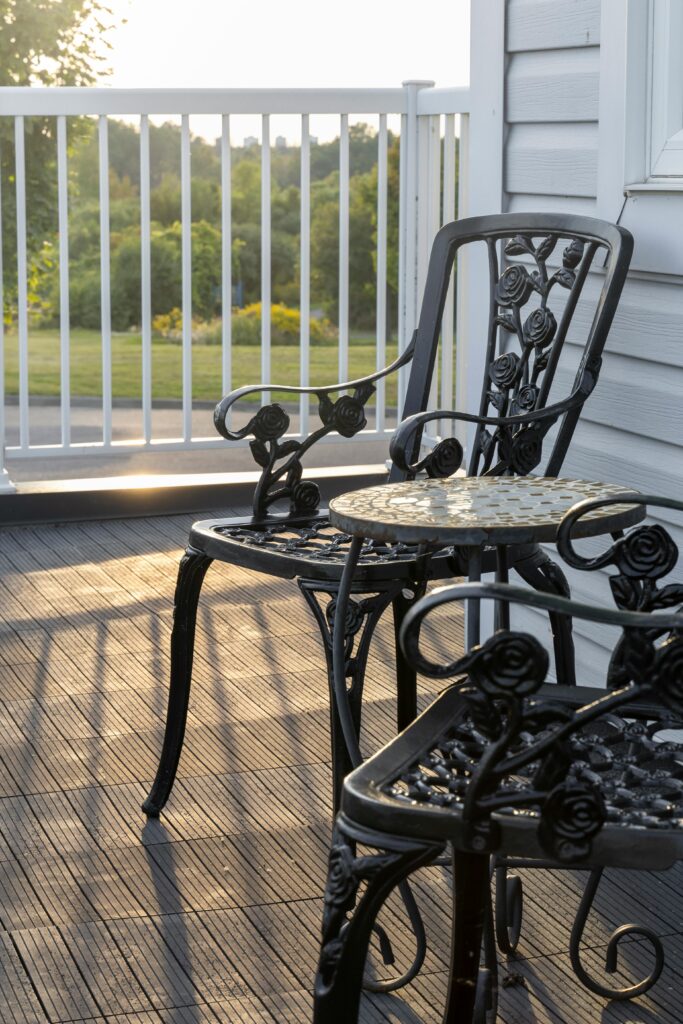
This material often finds its way into both restaurant furniture and home settings. Its robust nature allows it to withstand significant wear and tear, while its ability to blend well with various styles makes it quite versatile. However, consider pairing cast iron pieces with lighter materials to avoid overwhelming your space.
Guide: Aluminum Options
Choosing aluminum furniture offers an edge in terms of versatility and maintenance. Its natural resistance to corrosion makes it suitable for outdoor settings, and it can effortlessly mix with other materials to create balance in design. Aluminum also comes in various finishes, allowing for a customizable aesthetic that suits personal tastes.
Essential Tools for Metalworking

Making metal furniture requires the right tools to ensure safety and precision. At the core of your toolkit should be a welder for joining metal parts, a cutting tool for shaping your pieces, and a grinder for smoothing edges. Additionally, having personal protective equipment like gloves, masks, and goggles is crucial to ensure safety during the metalworking process. For step-by-step instructions on building your own furniture, you may find this resource useful: How to Build Metal Furniture.
Painting and Finishing Metal Furniture
Once your metal furniture is constructed, painting is a crucial step for both aesthetics and protection against corrosion. Following a structured approach is key. Begin by preparing the surface through cleaning and sanding. Next, apply a primer suited for metal surfaces to promote adhesion. After the primer dries, choose a high-quality paint to finish the job. For detailed guidance, refer to this informative article: How to Paint Metal Furniture in 6 Steps.
Guide: Maintenance Tips for Metal Furniture
Maintaining your metal furniture involves careful cleaning to prevent damage. Avoid using abrasive tools that could scratch surfaces. Instead, employ soft sponges or cloths to wipe away dirt and grime. For those looking for more specific advice, consider this maintenance guide: Guide for Wood and Metal Furniture Maintenance.
Final Considerations
When it comes to selecting the perfect metal furniture pieces for your space, understanding each metal’s characteristics is vital. Assess your needs and preferences while employing the right techniques and tools, so you can create sustainable and attractive furniture that meets your style while adding functionality.
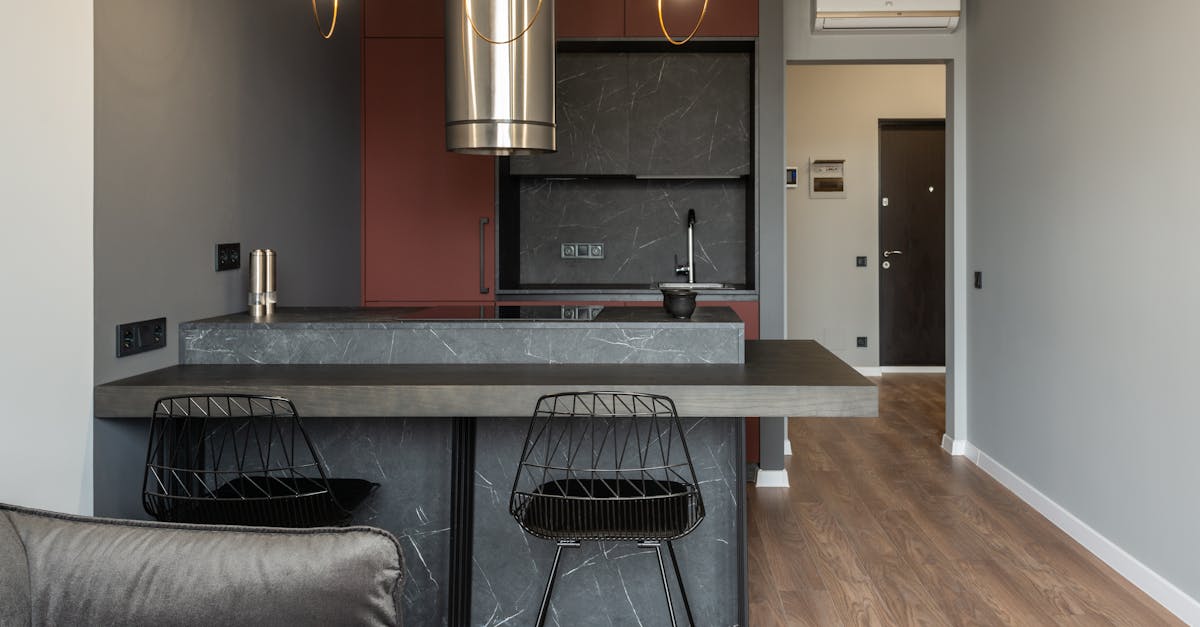
Creating metal furniture requires a comprehensive understanding of various metallic materials such as cast iron, aluminum, and steel. Each material presents unique properties, strength, and aesthetic qualities that can enhance any space. It’s essential to be equipped with the right tools for metalworking, ensuring safety and precision in your projects. Sketching designs can facilitate a better planning process, enabling you to visualize the outcome. Furthermore, techniques are available for maintaining metal pieces, thereby extending their longevity and sustaining their innovative appeal.
As you delve into the realm of metal furniture, consider its broader implications on sustainability and aesthetics within interior spaces. Embracing metal not only adds durability but also reflects a modern, industrial style that appeals to many. Furthermore, the evolution of metalworking techniques opens up new possibilities for customization. This journey into the world of metal furniture invites you to explore craftsmanship and innovation, merging form and function beautifully.
Other Articles
-
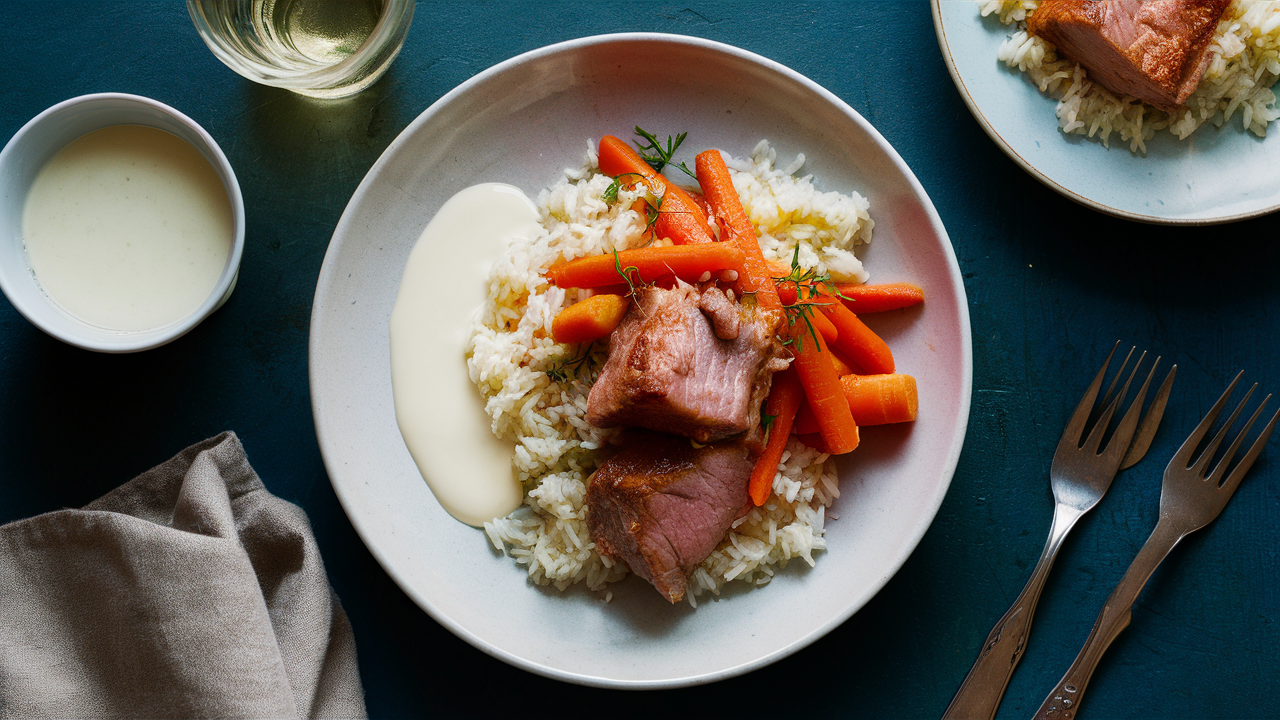
How to make a classic veal blanquette recipe
Experience the comforting essence of French cuisine with a classic veal blanquette. This traditional dish features tender pieces of veal simmered to perfection in a rich and creamy sauce, enhanced with the flavors of aromatic…
-
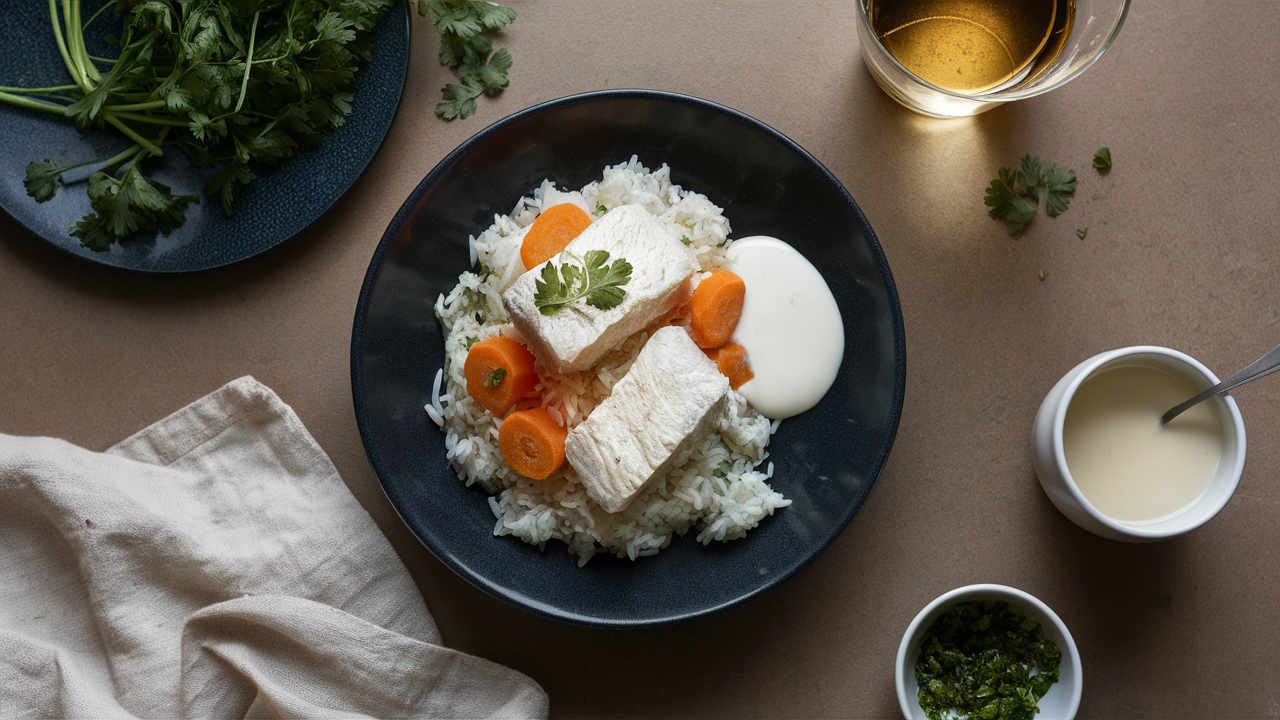
How to prepare a delicious fish blanquette recipe
Are you ready to dive into the captivating world of French cuisine? Fish blanquette…
-
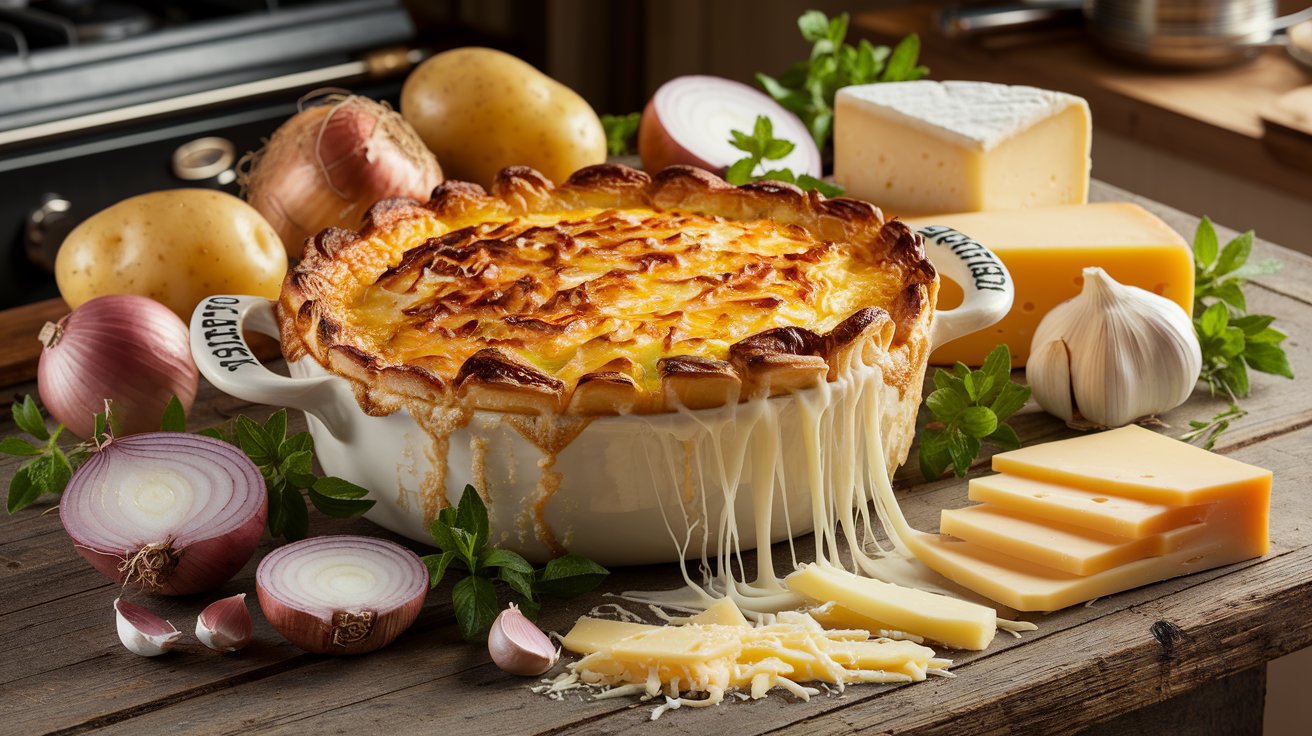
How to make a delicious cheese gratin recipe
Are you ready to elevate your culinary skills? Creating a delicious cheese gratin is…

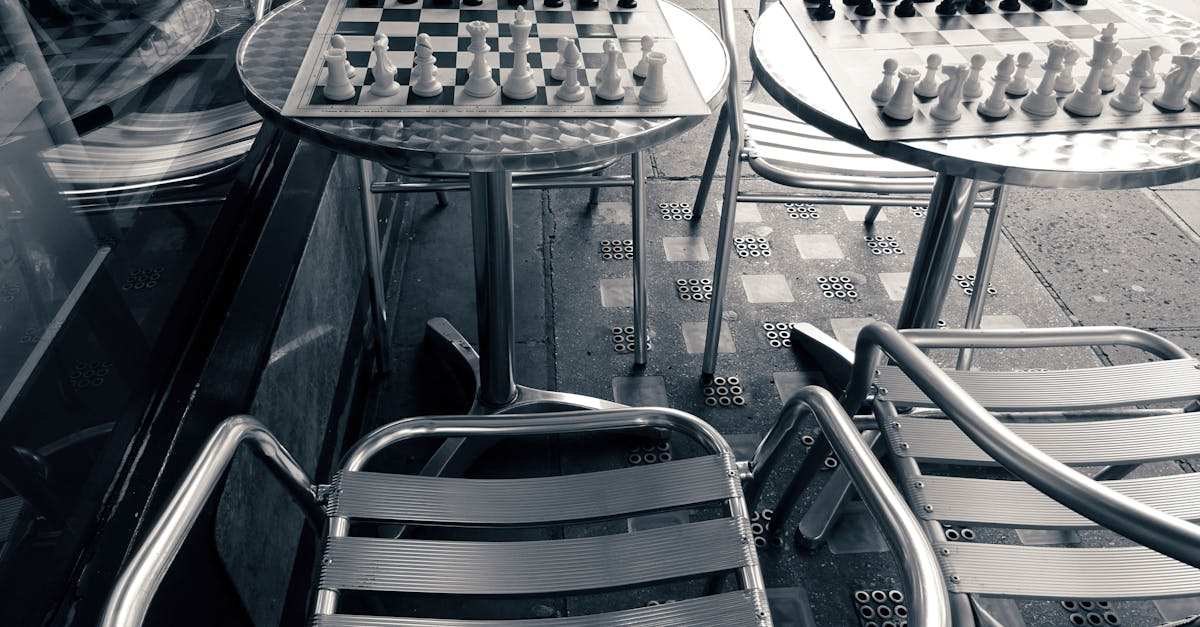
Laisser un commentaire